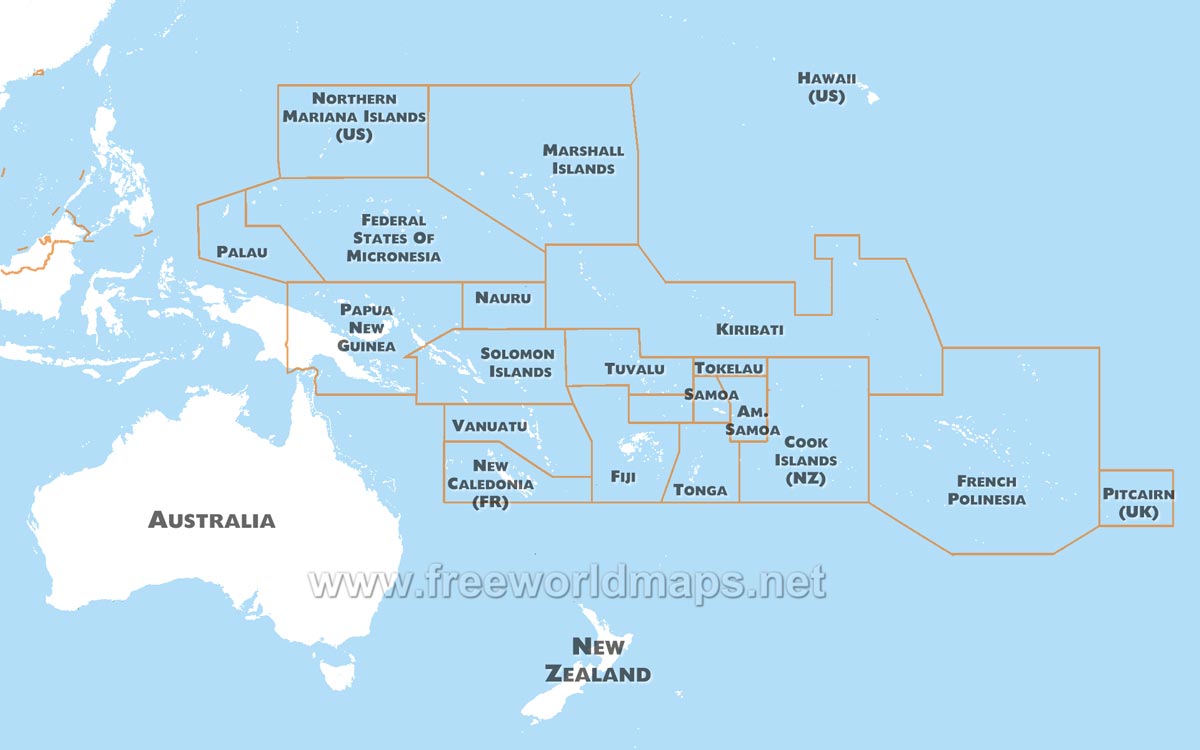
As I write this the number of deaths per million people, the most accurate measure available of how hard individual countries have been hit by the COVID-19 pandemic are as set forth below.
One thing that sticks out is that all of the countries with the highest rates of death from COVID-19 per million people have significant levels of ancestry in their populations from people who were members of the Bell Beaker culture of Bronze Age Europe.
While it seems unlikely, that vulnerability to the disease would have such a remote cause, the Bell Beaker culture may have provided these countries with both a shared genetic heritage and a shared cultural heritage, either of which could in some way make these countries more vulnerable to COVID-19 than their counterparts elsewhere in the world.
For example, the death rate from COVID-19 in Finland and Norway, is much lower than that of Denmark, even though all three countries have had similar policy responses to the outbreak (Sweden's elevated death rate can be attributed to its heretical "herd immunity" strategy).
One thing that distinguishes Denmark from Finland and Norway is the Denmark was historically included in the range of the broader Bell Beaker culture for a period of time in the Nordic Bronze Age, while Finland and Norway were not.
Belgium, Spain, Italy (especially Northern Italy that was more hard hit), the United Kingdom, France, the Netherlands, Ireland, Switzerland, Luxembourg, and Portugal all have very significant Bell Beaker heritage. The United States (especially in the hard hit Northeastern United States) and Canada likewise have populations derived in substantial part from these countries. Germany and Denmark, below them, were on the Bell Beaker culture fringe (and I predict, without having ever looked, that Germany's COVID cases are more common in the West than the East of the country, where a Bell Beaker presence was stronger).
UPDATE April 30, 2020 per a user comment:
END UPDATE
UPDATE April 30, 2020 per a user comment:
END UPDATE
Thus, all of the top sixteen countries have significant Bell Beaker ancestry and heritage, except Sweden (whose policy response has been heretical), and Montserrat (which is something of a statistical fluke having one death and a population of 5,900, but might very well have significant Bell Beaker ancestry in its population given that it is part of the British Commonwealth).
But, of Iran and all other countries with lower death rates, only Austria and Hungary could conceivably have had any notable Bell Beaker connection at all, they are still near the top of the remaining countries, and the Bell Beaker culture impact there was not as dominant, as long lived, or as undisturbed by subsequent European history, as the more severely affected countries in Europe and North America.
Notably, any connection could not be so broad as to include all Indo-Europeans, as areas with heritages associated with the Indo-Iranian or Anatolian or Tocharian language families, or with the Corded Ware culture, have been much less affected.
As I said before, this conjecture is a long shot. But, could there have been some strong selective sweep in Bell Beaker history that left the rest of the world relatively unscathed that was beneficial for the Bell Beaker culture members at the time, but has subsequently left these populations especially vulnerable to COVID-19?
Or, is this a more remote and culturally based connection, associated with the fact that Western European countries and the places that they colonized via population replacement have, for a variety of reasons taken a path of common political and economic development, that has now, for some cultural reason left them especially vulnerable to the pandemic.







